Wrapped Tokens
These are tokens named similarly to classic cryptocurrencies but with additional letters in the ticker. Wrapped tokens share the same value as the original cryptocurrencies and are a bridge between different blockchains.
Wrapped tokens allow cross-chain activity between blockchains such as Bitcoin, Ethereum and Polkadot. This bridge between the first cryptocurrency and the Ethereum network added more than $5.5 billion to the total amount of funds locked up in Ethereum-based DeFi protocols. So let’s take a closer look at the most popular wrapped tokens.
BTCB and soETH

BTCB and soETH are tokens based on the original Bitcoin and Ethereum designed to enable cryptocurrencies on other blockchains. The additional letter in a coin’s ticker symbolizes its affiliation with a particular blockchain network. Thus, BTCB is a wrapped Bitcoin in the Binance Chain network, which uses BEP2 and BEP20 standards. And soETH is the equivalent of Ethereum on the Solana blockchain.
The features of wrapped tokens include:
- The ability to use them in DeFi ecosystems;
- Risk management with a link to the original price;
- Lower fees.
However, they are a few drawbacks, such as:
- They are not identical to the original BTC and ETH tokens, and may not be accepted as payment.
- Increased asset security risks due to their placement on third-party blockchain networks, which are often less secure.
BETH
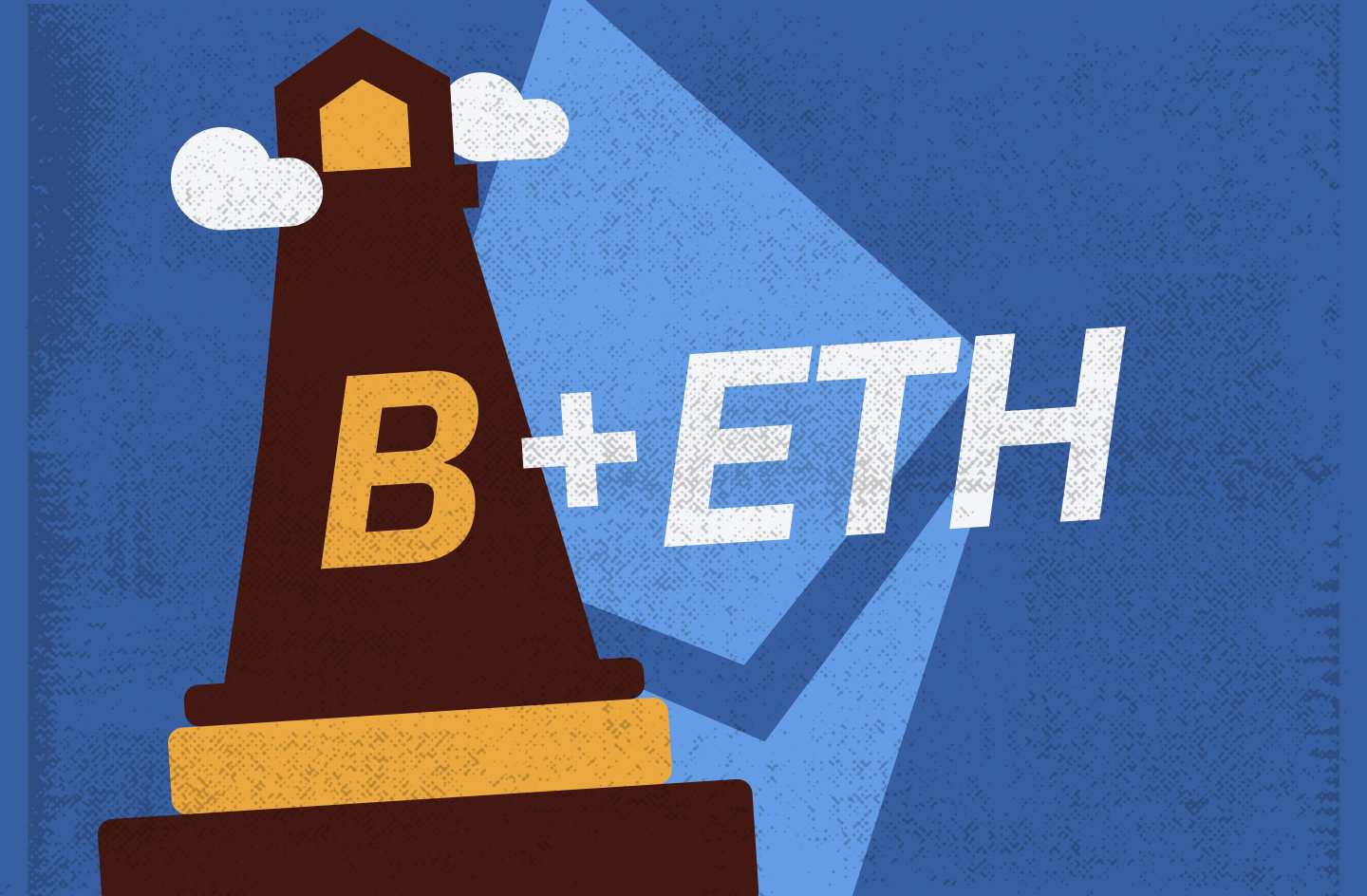
Beacon ETH is a tokenized ETH asset in the BSC network, which can be obtained for staking in the ETH 2.0 network. 1 BETH equals 1 ETH in staking. Staking BETH on Binance will yield up to 20% annual returns.
Beacon ETH can be purchased on Binance using Ethereum. It can be bought in BETH/USDT, BETH/WBNB or BETH/BUSD trading pairs on other exchanges. Statistics show that the token’s value is equal to the original ETH or sometimes 10% cheaper. The relative cheapness of Beacon ETH compared to Ethereum is related to the risks that exist due to the delayed launch of ETH 2.0.
BETH can be used not only for staking but also for generating additional income by providing liquidity to DeFi applications. It is important to keep in mind that if Beacon ETH is placed in liquidity pools, they will stop generating staking rewards.
WETH
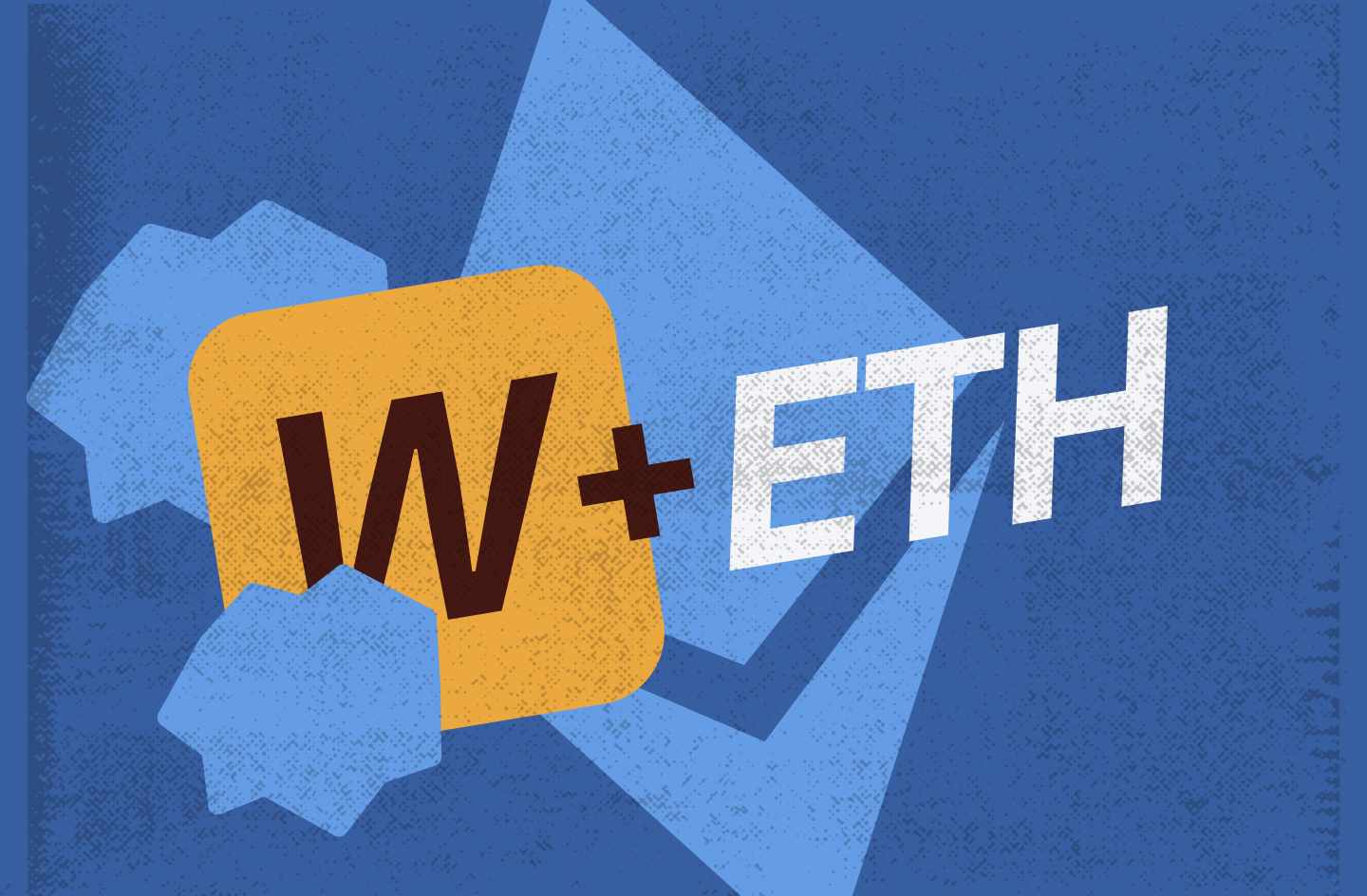
Wrapped Ether is a version of the ETH cryptocurrency in ERC-20 tokens. A wrapped token can be used in blockchains using smart contracts and dApps with which the classic ETH is not compatible.
WETH is essentially equivalent to ETH. Currently, conversion between them involves fees, but this situation could change if developers find a way to switch to a single standard.
WBTC
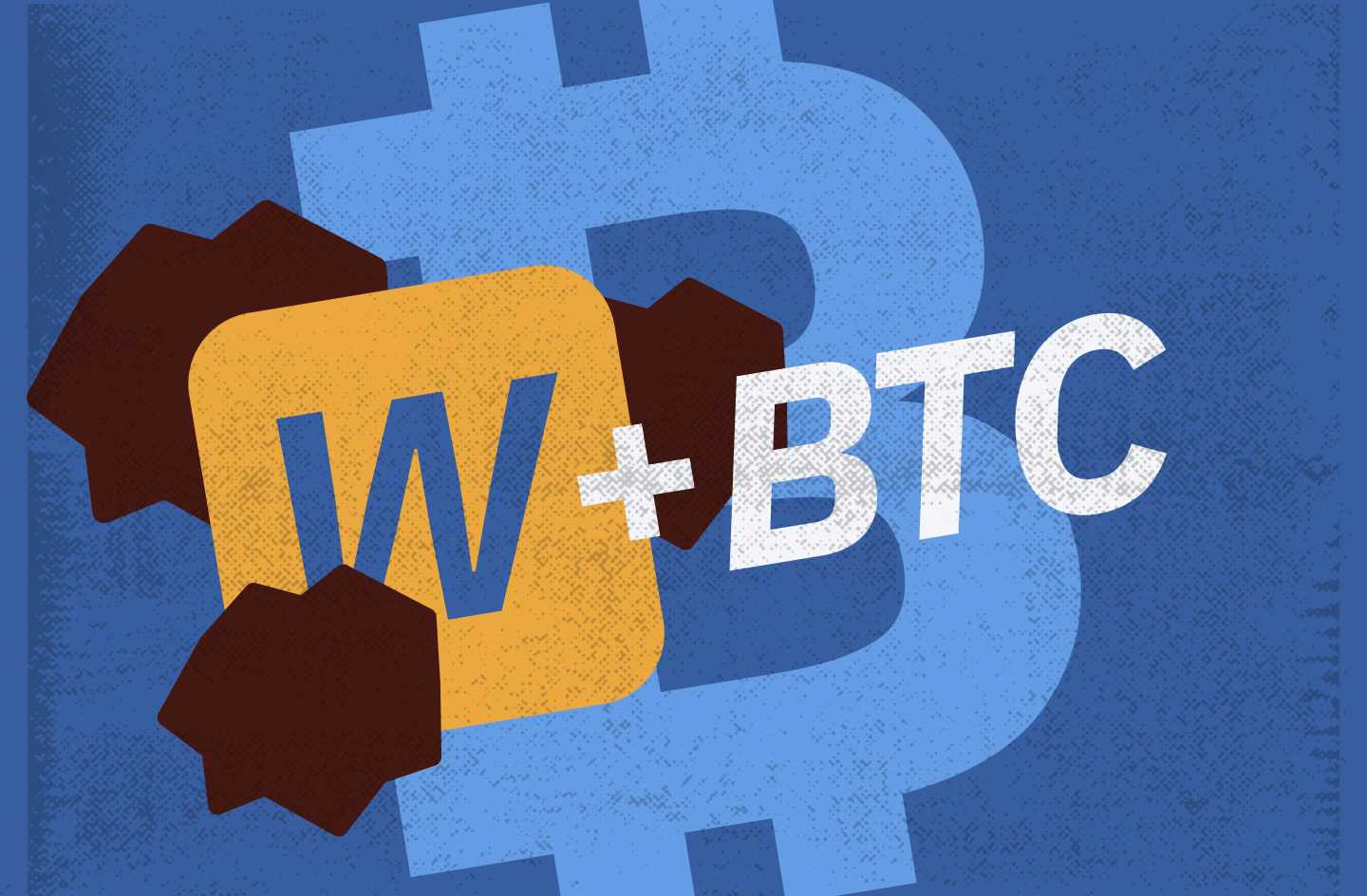
Wrapped Bitcoin is a wrapped version of BTC compatible with the ERC-20 standard. The use of WBTC made it possible to use the first cryptocurrency in various DeFi apps, acting as a bridge between Ethereum and Bitcoin.
This technical solution has gained a lot of popularity. WBTC is among the top 20 tokens by capitalization, ranking 17th according to CoinMarketCap. Dune Analytics reports that there are about 325,000 Wrapped BTC on the Ethereum blockchain, and more than 80% of them are Wrapped Bitcoin.
HBTC
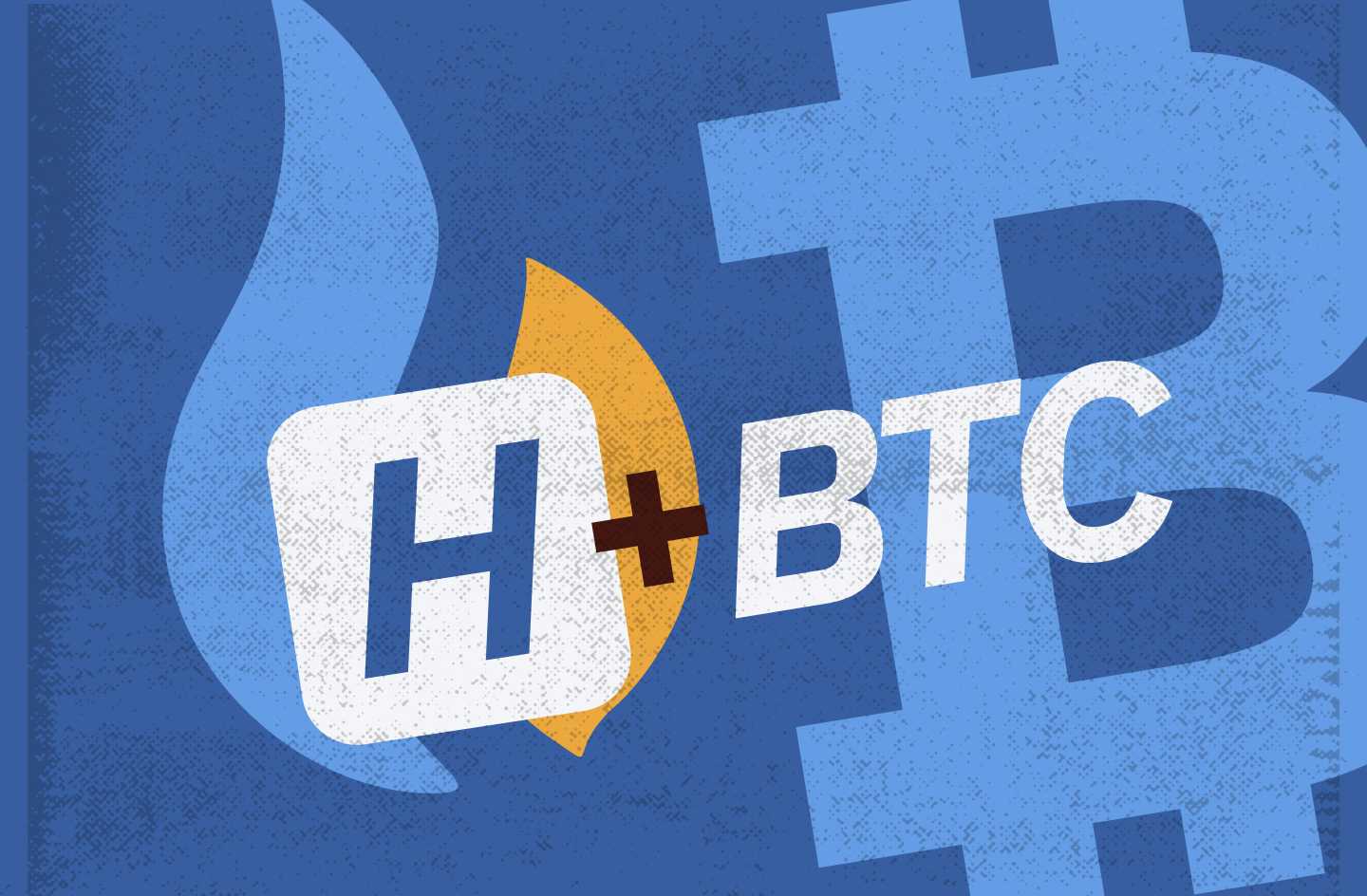
Huobi BTC is a wrapped Bitcoin token in the ETH network created by the centralized exchange Huobi Global in order to promote the growth of the DeFi sector and increase the use case for BTC in a decentralized network.
HBTC is basically a stablecoin backed by Bitcoin rather than fiat. It can be purchased on many DEXs and used where classic BTC is useless: lending, DeFi placement, etc. As an ERC-20 standard token, it is accepted by many wallets and can be exchanged for a wide range of tokens of the same format.
HBTC is not the only wrapped token on the Huobi Global exchange, but it is the most popular and successful one. It is the second most wrapped BTC on the Ethereum blockchain after WBTC.
mSOL
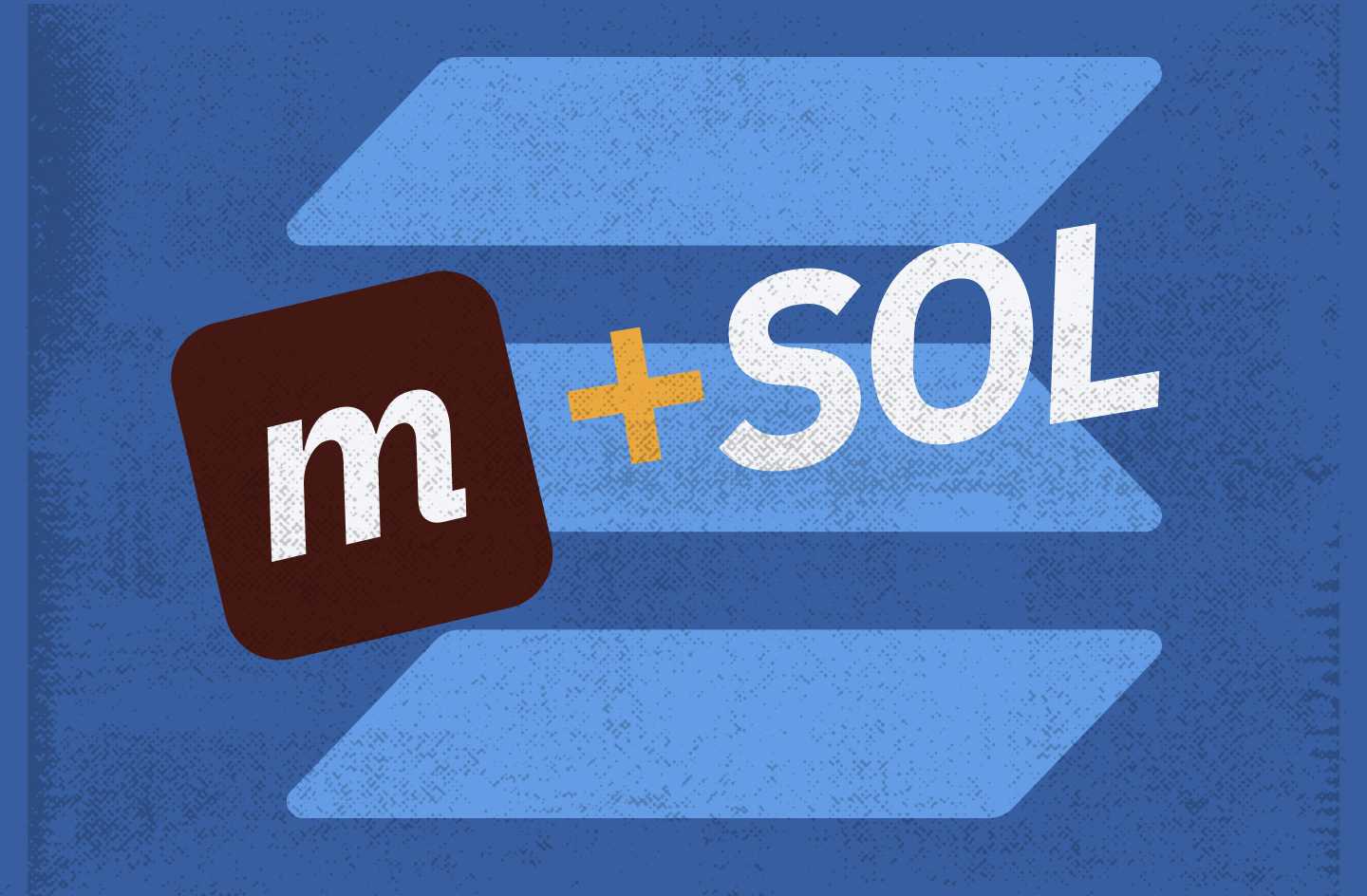
Liquid staking tokens occupy a special niche among native tokens. Liquid staking refers to using an asset in staking without losing profits by supplying the asset with liquidity. The process is referred to as “double-dipping” or liquid betting.
Using the original SOL in staking causes a user to miss the opportunity to provide liquidity. To solve this, Marinade technology was implemented, with the network issuing a native mSOL token. It allows coins to be sent for staking and, at the same time, blocked in liquidity pools or DeFi protocols.
Thanks to staking rewards, the price of mSOL gradually increases relative to the original SOL. This is a major incentive to use the token, thanks to the automatic increase in capitalization.
Despite this, there are several disadvantages to using mSOL:
- The number of mSOL liquidity pools is much smaller than the original SOL.
- Rewards in mSOL pools are paid in MNDE coins, whose market value is plummeting, having already lost about 95% of its value in the last five months, according to CoinGecko as of the end of February 2022.
- The lack of support for certain validators when staking mSOL on the Marinade network, as the service boots out the validator without user input.
The development of blockchain ecosystems is an ongoing progression, and there are many benefits to building bridges between different blockchains, not the least of which is how it can multiply capital. It is important to remember that portfolio diversification is a basic strategy for a successful crypto investor, and the diversity of networks that hold assets can lead to additional profits. Thus, having wrapped tokens whose value is identical to the original ones will increase income and diversify one’s portfolio while minimizing losses from price fluctuations or impermanent losses.










